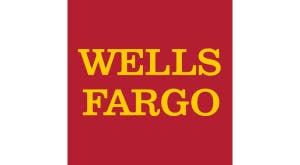4.7
Bankrate Rating = 4.7/5
Bankrate scores are objectively determined by our editorial team. Our scoring formula weighs several factors consumers should consider when choosing financial products and services.
Interest will typically be quoted as an annual percentage rate (APR), which reflects interest rate and any other charges and fees you may have to pay.
on BusinessLoans.com
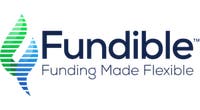
Disclosures:
*Rates, terms, & payment structure may vary by state and lender. Rates shown reflect an average fixed monthly percentage. A hard pull may be performed based on the product and lender, applicant will be notified if a hard pull is required for approval. Decision and funding time are subject to applicant’s submission of all requested approval and closing documents. Minimum qualifications listed are not reflective of all programs, rates and terms may vary based on applicants qualifications. By supplying us with your information, you authorize Streamline Funding LLC dba Fundible and prospective third-party funding providers to contact you at the numbers you provide (including mobile) during any step of this application, via phone (including automated telephone dialing systems, prerecorded, SMS and MMS means) even if you are on a Do Not Call Registry. You are not required to agree to be contacted in this manner to apply with Streamline Funding LLC dba Fundible.
Pros
- No prepay penalties
- Fast funding
- Low personal credit score requirement
Cons
- May use a hard credit pull
- May charge an origination fee of up to 3%
- Loans secured by UCC-1 filing
WHAT TO KNOW
Fundible offers six types of business loans, including business lines of credit, bridge loans and SBA loans. Direct lending requirements for the business line of credit are steep, but loan requirements through its partner network are low: six months’ time in business, an annual revenue of $200,000 and provide three of the most recent business bank statements.
Business credit score:N/AThere are four companies that assess business credit scores: Dunn & Bradstreet (D&B), Experian, Equifax and FICO. Each calculates their own scores based on various scales. D&B and Experian rank on a 1-100 scale. FICO scores on a 0-300 scale. Equifax generates 3 separate scores based on business payment index (1-100), business credit risk (101-992), and business failure (1,000 - 1,880).
Personal credit score:600A FICO score/credit score is used to represent the creditworthiness of a person and may be one indicator of the loans you are eligible for. However, credit score alone does not guarantee or imply approval for any financial product.
Personal guarantee requirement?:YesThis is a form of protection for lenders requiring the borrower to repay the loan from their personal assets if the business defaults. A personal guarantee can help some businesses access credit that typically wouldn't qualify.
Minimum time in business requirement:6 monthsMinimum business annual revenue:$200,000
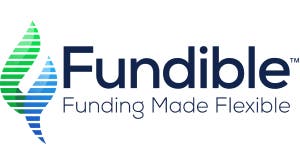
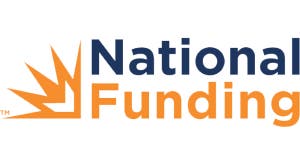
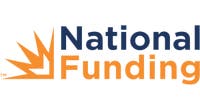
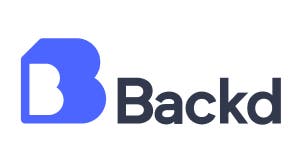
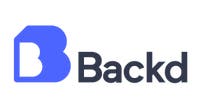
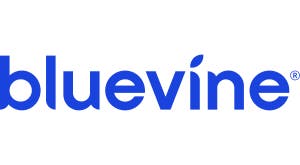
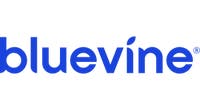
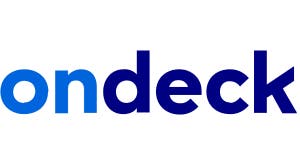
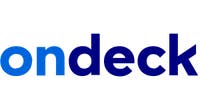


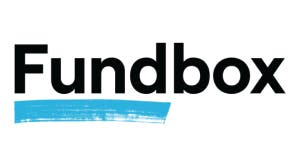
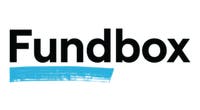
.png?optimize=medium&format=pjpg&auto=webp)
.png?optimize=medium&width=200&format=pjpg&auto=webp)
